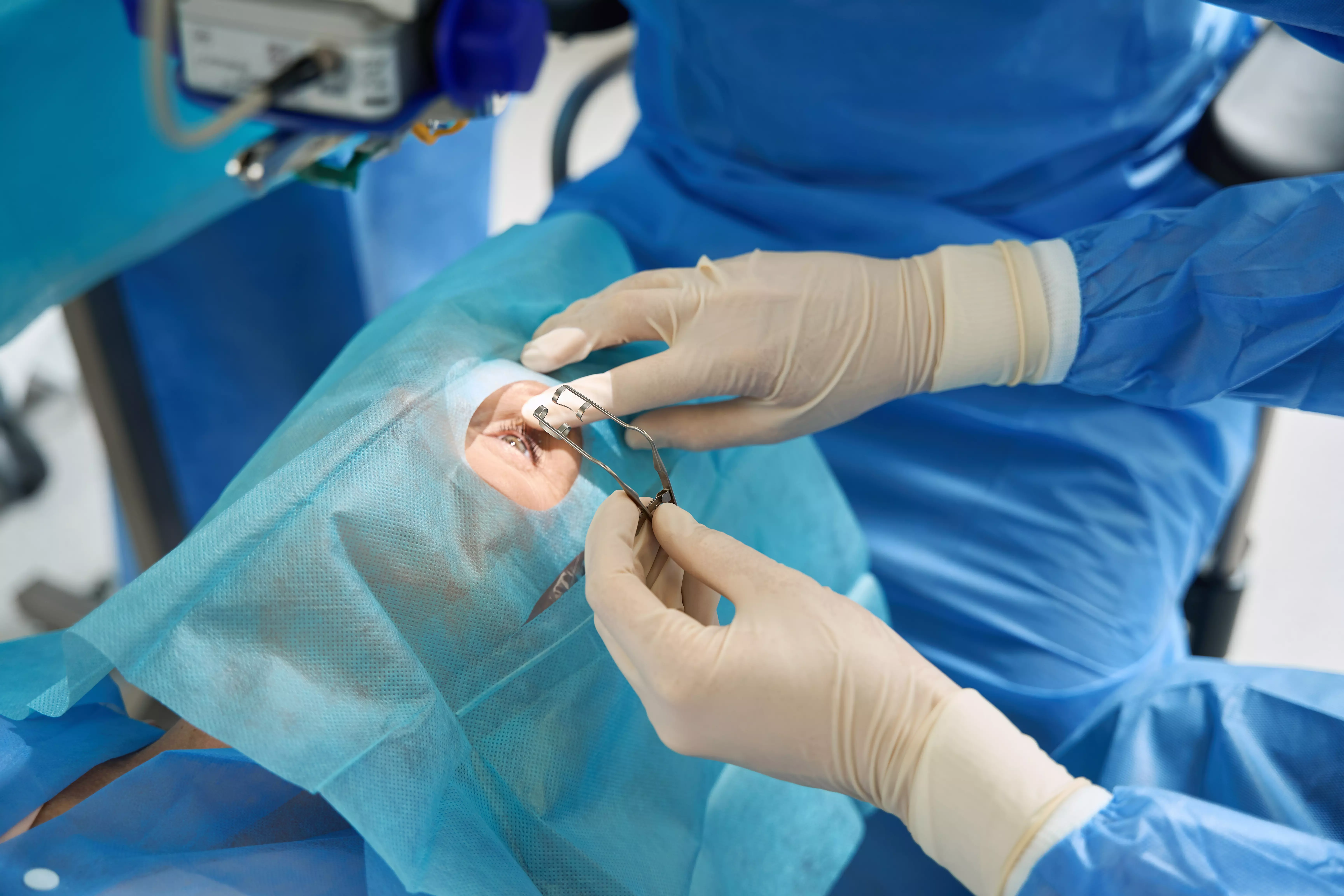Modern methods of cataract correction
Modern methods of cataract correction
We live in a time when medicine and technology are constantly evolving. More and more diseases and conditions can be corrected by modern methods. One such case is cataracts, a common eye disease. Thanks to advances in the medical field, there are now innovative methods of cataract correction that are more effective and safer than ever before.
What is a cataract?
Cataracts are an eye disease in which the lens of the eye becomes cloudy, making it difficult to see properly. It can occur in both the elderly and children. In the case of cataracts, the lens has lost its transparency and does not properly transmit light to the retina, such as the accident of our eye. This results in deterioration of visual acuity and even complete loss of vision if proper treatment is not taken. Fortunately, there are modern methods available to effectively correct cataracts.
Traditional methods of cataract treatment
Traditional methods of cataract treatment included typical surgical operations, which required a great deal of recovery time. Patients had to wear an eye patch for several days, and the rehabilitation period could last up to several weeks. Many people avoided this type of surgery because of concerns about the long recovery period and possible complications.
Nevertheless, traditional cataract treatments have been effective and have helped many patients regain their normal vision. However, for those looking for faster, more comfortable solutions, modern cataract correction methods are an excellent alternative.
LASIK revolutionary cataract correction technology
One of the newest and most revolutionary methods of cataract correction is the LASIK procedure. LASIK (laser-assisted in situ keratomileusis) is a type of eye surgery that uses a laser to repair refractive defects, including cataracts.
For the LASIK procedure, the doctor makes an incision on the cornea, removes the outer layer of the cornea using a laser, and then corrects the lens of the eye. The procedure is precise and safe, and patients report fast and satisfactory results. Recovery time after LASIK is much shorter than in traditional cataract treatments.
The results of clinical trials have shown that LASIK is effective in treating cataracts in most patients. Many have experienced significant improvements in vision within just a few hours after the procedure. As one of the most advanced technologies, LASIK offers hope for effective cataract correction for a growing number of people.
Lens implants as an alternative to traditional cataract surgery
An alternative method of cataract correction is the implantation of a lens inside the eye. This innovative approach removes the cloudy lens and replaces it with an artificial lens that restores the correct image on the retina.
Lens implantation uses advanced technology to ensure precise insertion of the artificial lens into the eye. The procedure is painless and most often performed under local anesthesia. Patients who opt for lens implantation typically experience rapid vision improvement and minimal discomfort after surgery.
Lens implantation is an increasingly popular option for treating cataracts in people of all ages. Many patients report significant improvements in quality of life and comfort following this type of procedure.
Summary
Modern methods of cataract correction, such as LASIK and lens implantation, allow patients to eliminate their cataract problem effectively and comfortably. Thanks to advances in medical technology, the disease no longer has to be an affliction for those struggling with vision deterioration. Modern treatments are safe and effective, and shorten recovery time. If you're experiencing vision problems related to cataracts, it's worth consulting your doctor to find out if modern cataract correction methods might be right for you.